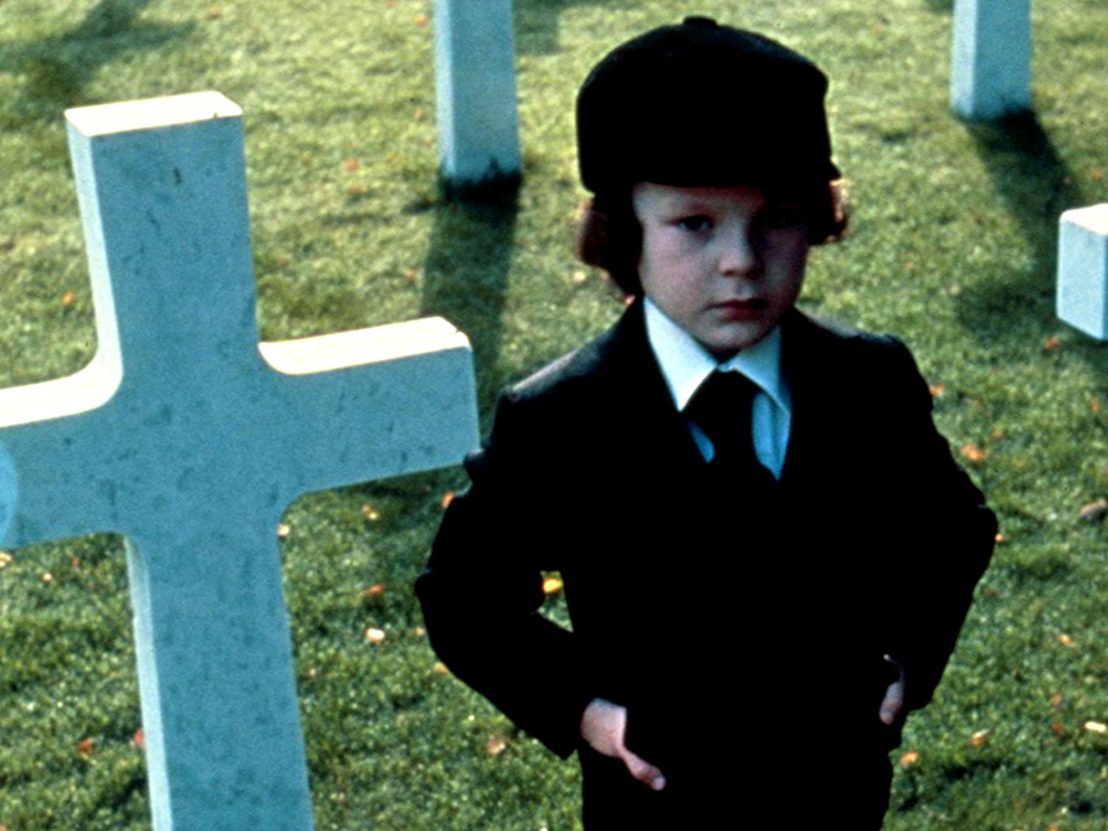
Considering that Richard Donner’s 1976 horror The Omen has strong American overtones – with its bombastic fear of the Devil, a narrative centred around a US diplomat, and its wealth of Hollywood talent – it’s surprising to find just how British the film feels overall. Though opening in a shadowy Rome, and with a minor interlude in Israel, the majority of the film’s locations are in and around London and the Home Counties; a wintery England, for the most part, which beautifully heightens a sense of ordinary life.
Backdropping the satanic nannies, possessed Rottweilers and paranoid priests are Surrey mansions, Fulham churches, motorways and many other everyday details found in 1970s Britain. Of all the real-world location used in the film, the most unusual is also the setting for its most powerful scene: the isolated, rather plain looking Guilford Cathedral. It is this location which best encapsulates the ambiguous feeling created within the narrative: that beneath the familiar surface lies something terrifying and wicked.
The Omen follows the unfortunate life of Robert Thorn (Gregory Peck). His new born child dies in Rome but is replaced without the knowledge of his wife, Katherine (Lee Remick), by an unknown baby whose mother died in childbirth. They name him Damien (Harvey Spencer Stephens) and, from then on, strange and tragic events befall the family. Damien’s nanny (Holly Palance) hangs herself at a party; a priest, Father Brennan (Patrick Troughton), plagues the family with rumours as to their child’s real origins; and the coincidences of unusual photographic distortions taken by press photographer, Jennings (David Warner), seem to predict uncanny deaths. It is implied that Damien is the Son of the Devil, trying to use his father’s position in politics to fulfil an apparent Bible prophecy and take control of the world.
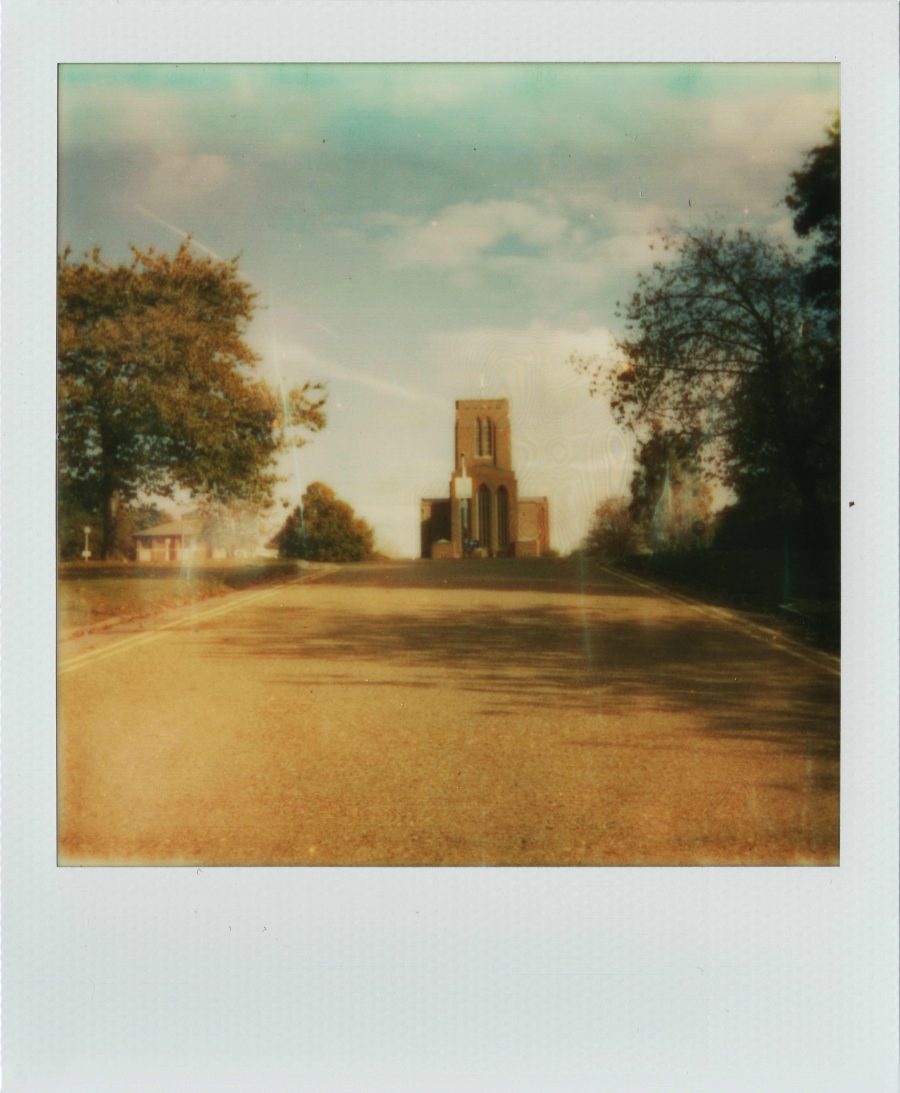
The scene at Guildford Cathedral is one of the most unnerving but also one of the most subtle in the film. Rather than through gory deaths via beheadings or hangings, Damien’s potential evil is conveyed more in characteristic terms. (For this reason it was used in the auditions for the part.) It is a crisp, misty morning and Robert is taking Katherine and Damien to a wedding. We follow a brief journey in the car before the incredibly straight road ahead reveals the cathedral.
Damien begins to quieten, and Katherine notices that he is trembling with fear. As the car moves steadily up the road, the camera focuses on the building’s spires and religious imagery. Jerry Goldsmith’s Oscar-winning music builds tension with a rhythm not dissimilar to Igor Stravinsky’s ‘Rite of Spring’. Eventually, Damien turns feral and wild, attacking his mother just as his father gets out of the car in front of the cathedral’s doors, resulting in them having to leave in a hurry.
The building plays an unusual role in the scene and it’s thanks to its design that the desired effect is achieved. In this moment, the camera almost shares Damien’s point of view, framing the building as a terrifying entity. Built in the late 1920s and designed by Edward Maufe, the cathedral creates the illusion of being the only structure around; a towering religious monument amid a vista of tarmac and a spattering of trees. Donner builds on this illusion, creating an intimidating, holy presence which sits singularly in the landscape.
This effect is actually heightened in real life, for the building rises above everything else, staring down from the top of a hill. After photographing the cathedral, I waited for my Polaroid to develop, feeling slightly apprehensive and hoping that no strange distortions would appear on the film. Thankfully, there would be no gruesome deaths foretold that day.
Guilford Cathedral has not always been happy with the attention The Omen has brought to its doors. In 2006, when John Moore remade the film, the previous dean of the cathedral, Victor Stock, spoke out against it, urging people to avoid both versions. “It was a disaster, it should never have been done,” he told the Guardian, “People who were a bit thick were frightened to come into the building. If I was dean then, I never would have allowed it.”
It seems almost ironic considering how in the film the building acts as the ultimate deterrent for the Devil’s spawn, though the dean’s concerns spoke to a wider crisis within Christianity regarding exorcisms and the esoteric. Either way, he claims that there was a battle to get local people back into the church following the film’s release, such was the terror it inspired. At the very least, it is a testament to the power of the scene and Donner’s accursed use of the location.
Published 31 Oct 2018
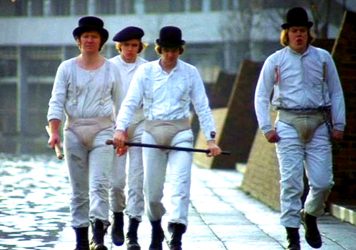
By Adam Scovell
Visiting the southeast London estate featured in Stanley Kubrick’s 1971 film makes for a dystopian experience.
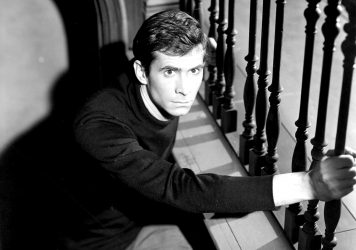
By Emma Fraser
From Psycho to Netflix’s The Haunting of Hill House, stairs have long played a key role in the genre.
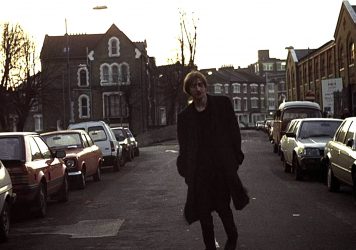
By Adam Scovell
Despite the widespread gentrification of east London, this quiet street appears much as it did in 1993.